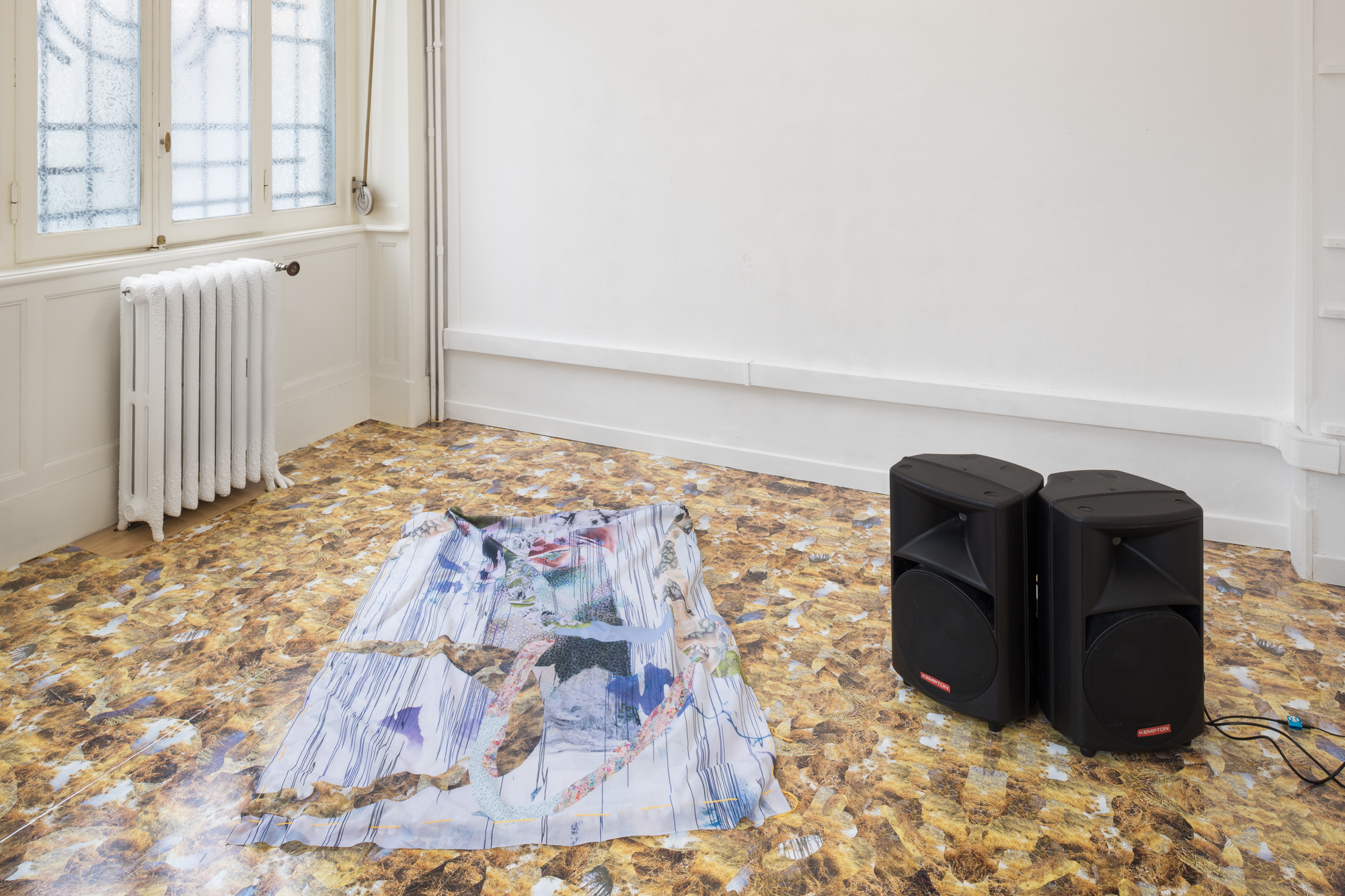







































































Sparkling Matter is an exploration of the possible ephemeral and material forms that dreams can produce. It all begun from the desire to listen to the sounds generated by the different sleeping phases, to be able to turn them into a participatory experience.After the invention of the encephalogram by Hans Berger in 1924, the idea that the will of the brain could trigger the act of a machine gave birth to a research, better known as Brain Computer Interface. Over time, its applications in the acoustic field have been focused mostly on the attempt to organize music writing in a conscious manner, solely through the use of thought, by transmitting data from the encephalogram to the machine. In order to observe deep sleep and the mystery surrounding it, in Sparkling Matter the musical composition has completely been delegated to the act of thinking in its more unknown form, when the mind is free to dream. This open-ended exploration of the unknown gave voice to the diverse states of consciousness.Fourteen electrodes have been used to monitor the electrochemical activity of the brain. Each one of them is able to send an independent signal to a conversion software. These programs transform, in real time, the encephalogram data into signals recognizable by an audio software, which translates them into sound.The first presentation of Sparkling Matter happened at Marsèlleria in Milan (spring 2016), where, during a sleep concert, we listened for a whole night to the sounds generated by a performer, asleep and dreaming.A second performance, Notturno Smarrito, was realized at the Galleria Nazionale in Rome (winter 2017). On this occasion, a circular audio system reproduced the perimeter of the electrodes connected to the performer. It was able to recreate a spatial vision of the synapsis and of the cerebral connections happening during the different phases of sleep. This way, the generated sounds created a three-dimensional environment, where the public could wander through.A third sleep concert took place at Marsèlleria in New York, in the winter of 2017. In time, new concerts and night performances have generated other occasions to experiment, new sound material and data to translate, as well as new chances to deepen the research. Parallel to the sound research, a spatial and material translation has been indeed experimented. The data related to the REM phase have been multiplied by a software for automatic landscape generation (Scenery Generator). The generated shapes have been then recreated in porcelain, through a 3D printing process. Either with sound or matter, what we perceive is a temporal narration of an activity, both intimate and secret, capable of creating a portrait, or a simulacrum, of our thought. In spring 2017, other sessions took place at Palazzo Fortuny in Venice, during the exhibition Intuition. In the rooms that used to be Mariano Fortuny’s atelier, the sleep concert and porcelain printing went on for several days. On this occasion, for the first time, it was possible to observe the whole process in real time, from the hypnagogic phase to the printing of dreams.
interview on ATP and Noisey (italian)
the sleepers (italian)